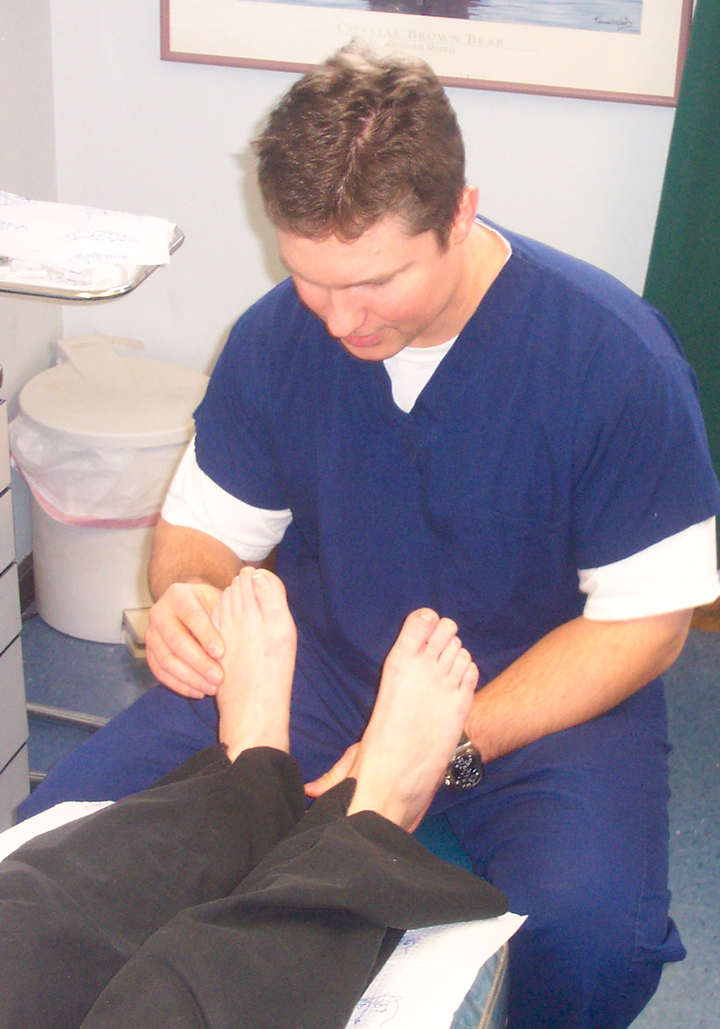
Affiliated Foot Care Center
Call 860•349•8500 or 203•294•4977

A callus will form on any part of your skin that is exposed to irritation or pressure for a long period of time. Calluses often form on the middle finger of the dominant hand due to writing with a pen or pencil. People who play a stringed instrument will frequently develop calluses on the fingers of the hand used in holding the string down to the fingerboard of the instrument and also on the fingers of the hand used for strumming the instrument (where applicable).
A callus (or callosity) is an especially toughened area of skin which has become relatively thick and hard in response to repeated friction, pressure or other irritation. Calluses are generally not harmful, but may sometimes lead to other problems, such as skin ulceration or infection.
People with bunions may find painful calluses behind the second or third toe. These are caused by unequal pressure and rubbing on the smaller toes. Such calluses can be very painful and often do not respond to trimming of the callus, soft materials, or orthotic devices. It is not the callus that causes pain, but rather the severe imbalance in the function of the foot that is taking its toll.
Calluses develop becuase of excessive pressure at a specific area of the foot. Some common causes of callus formation are high-heeled dress shoes, shoes that are too small, obesity, abnormalities in the gait cycle (walking motion), flat feet, high arched feet, bony prominences, and the loss of the fat pad on the bottom of the foot.
People with diabetes face special skin challenges. Because diabetes affects the capillaries, the small blood vessels which feed the skin, thickening of the skin with callus increases the difficulty of supplying nutrients to the skin. The stiffness of a callus or corn, coupled with the shear and pressure that caused it, may tear the capillaries or adjoining tissue, causing bleeding within the callus or corn.
Often, bleeding within a callus is an early sign of diabetes, even before elevated blood sugars may be noticed. Although the bleeding can be small, sometimes small pools of blood or hematoma are formed. The blood itself is an irritant, a foreign body within the callus that makes the area burn or itch. If the pool of blood is exposed to the outside, infection may follow. Infection may also lead to ulceration. Luckily, this process can be prevented at several places, but such infections can become life-threatening. Diabetic foot infections are the leading cause of diabetic limb amputation.
We can treat your calluses by paring it down or by reducing it with keratolytic agents containing salicylic acid, or with a pumice stone
We can prescribe orthotics to relieve the excessive pressure that leads to callus formation and prevent reoccurrance.
If you suspect that your callus may be an indication of diabetes, we are here to help you.